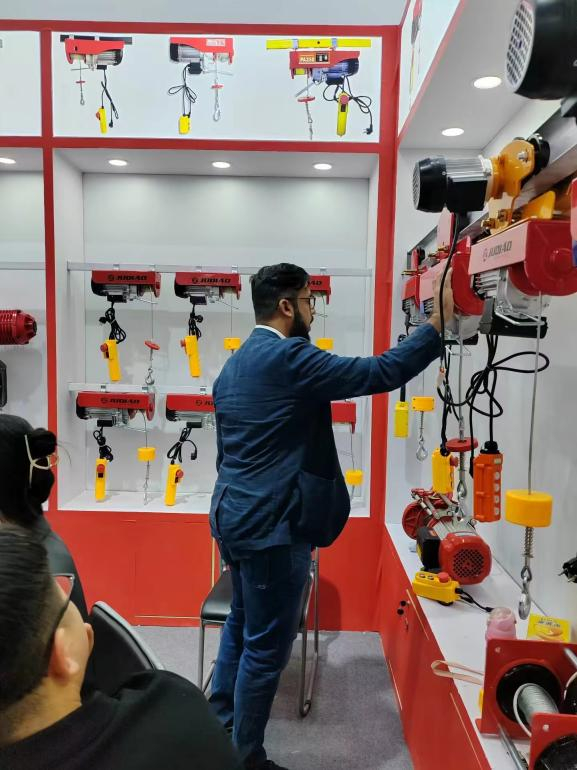


Chain Hoist Operation A Comprehensive Guide
Chain hoists are crucial tools in various industries, facilitating the lifting and lowering of heavy loads with ease. Their versatility and efficiency make them indispensable for construction sites, warehouses, and manufacturing units. Understanding the proper operation of a chain hoist is vital to ensure safety and efficiency. This article provides an overview of chain hoist operation, emphasizing key principles, best practices, and safety precautions.
Understanding Chain Hoists
A chain hoist consists of a chain, a hook, and a lifting mechanism that can either be manual or powered. The manual chain hoist employs a hand-operated chain to lift loads, while electric models use a motor for more automated lifting. Regardless of the type, the basic operational principle remains the same the chain wind around a drum or wheel to elevate the load vertically.
Steps for Proper Chain Hoist Operation
1. Inspect the Hoist Before every use, inspect the chain hoist thoroughly. Check for signs of wear or damage, such as frayed chains, cracked hooks, or malfunctioning gears. Ensure that the hoist is rated for the weight you intend to lift, as exceeding its capacity can lead to catastrophic failure.
2. Secure the Load Properly attach the load to the hoist using appropriate rigging techniques. Make sure the load is balanced and secured to prevent swinging or falling during the lifting process.
3. Positioning Ensure that the hoist is positioned directly over the load to maintain stability. Avoid lifting loads at an angle, as this can lead to tipping or swinging.

4. Lifting the Load For manual hoists, pull the chain steadily and smoothly to lift the load. In the case of electric hoists, activate the motor using the control pendant, ensuring to lift the load gradually. Always keep an eye on the load and surroundings to avoid any obstructions.
5. Lowering the Load To lower the load safely, control the lowering speed to prevent sudden drops. For manual models, release the chain carefully to allow the load to descend slowly.
6. Post-Operation Inspection After finishing the task, inspect the hoist again for any wear and tear that occurred during operation. Clean the hoist to remove any residue from the load, and store it properly to prolong its lifespan.
Safety Precautions
Safety is paramount when operating a chain hoist. Always adhere to the following safety guidelines
- Follow Load Capacities Never exceed the rated weight limit of the hoist. Always know and abide by the specific lifting capacities indicated by the manufacturer. - Wear Protective Gear Operators should wear appropriate personal protective equipment (PPE), including gloves and safety shoes, to minimize injury risks. - Avoid Improvised Solutions Do not use makeshift tools or equipment that are not designed for lifting; always use certified lifting gear. - Training Ensure that all operators are adequately trained in chain hoist operation and understand safety protocols.
In conclusion, a chain hoist is an invaluable tool when operated correctly. By following proper operational procedures and safety precautions, you can effectively handle heavy loads while minimizing risks. With attention to detail and a commitment to safety, chain hoists will continue to enhance productivity in various industries.



